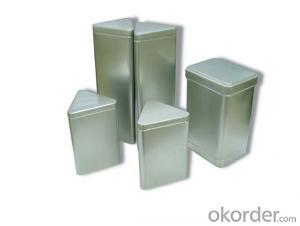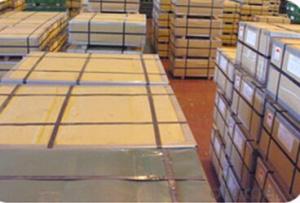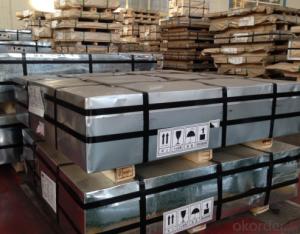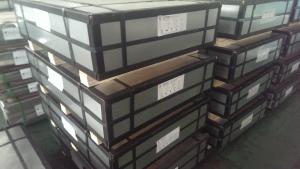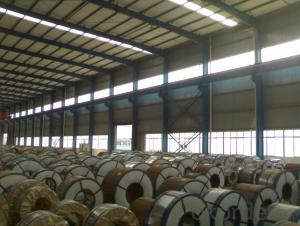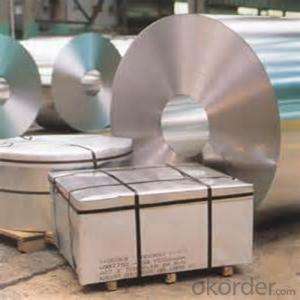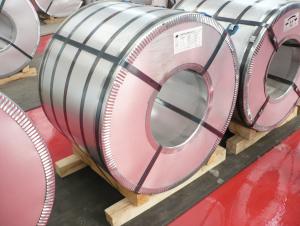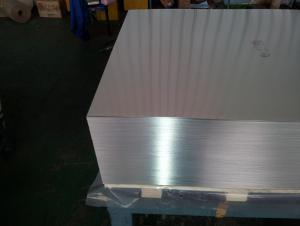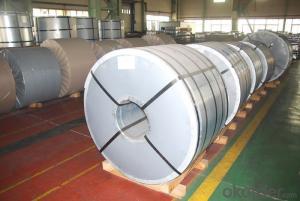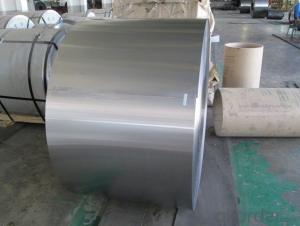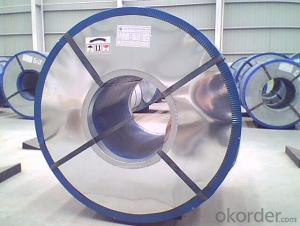Nicomet Tinplate
Nicomet Tinplate Related Searches
4 By 8 Plastic Sheets Thin Plastic Sheets Flexible Tinplate Coil Quotes Tinplate Iron Clear Plastic Sheets Hard Plastic Sheets 4X8 Lightweight Plastic Sheets Wavy Plastic Sheets White Plywood Sheets Poly Styrene Foam SheetsHot Searches
Tinplate China Tinplate Stock Price Tata Tinplate Price List Tinplate Price Trend Tinplate Nse Share Price Tinplate Price Chart Tinplate Share Price Nse Tata Tinplate Share Price Tinplate Share Price Today Tinplate Share Price Bse Tinplate Price Tinplate Share Price Tinplate Coil Manufacturers Tinplate Sheet Suppliers Food Mixer Sale Tinplate Factory Tinplate Production Tinplate Products Ltd Tinplate Products Tinplate Can ManufacturersNicomet Tinplate Supplier & Manufacturer from China
Okorder.com is a professional Nicomet Tinplate supplier & manufacturer, offers integrated one-stop services including real-time quoting and online cargo tracking. We are funded by CNBM Group, a Fortune 500 enterprise and the largest Nicomet Tinplate firm in China.Hot Products
FAQ
- Tinplate is primarily used in the automotive industry for various applications such as fuel tanks, oil filters, exhaust systems, and engine components. Its corrosion-resistant properties, along with its ability to withstand high temperatures, make it an ideal choice for these critical automotive parts. Additionally, tinplate's formability and ability to be easily welded and coated further contribute to its widespread use in the automotive sector.
- The typical production volumes for tinplate vary depending on the demand and market conditions, but generally speaking, millions of tons of tinplate are produced annually worldwide.
- Tinplate contributes to the shelf life of beverages by providing a protective barrier that prevents contact between the beverage and its container. This barrier helps to prevent oxidation, contamination, and the transfer of flavors, ensuring the beverage stays fresh and retains its quality for a longer period of time. Additionally, tinplate containers are resistant to corrosion, maintaining the integrity of the packaging and further extending the shelf life of the beverages.
- Yes, tinplate can be formed into complex shapes due to its malleability and ability to be shaped through various forming processes such as deep drawing, embossing, and bending.
- The typical lead times for tinplate production can vary depending on various factors, such as the complexity of the product, order quantity, and the production capacity of the manufacturer. However, on average, lead times for tinplate production can range from a few weeks to a couple of months. It is recommended to consult with the specific manufacturer for more accurate and up-to-date information regarding lead times.
- The common opening mechanisms for tinplate containers include pull-tab lids, twist-off caps, and lever lids.
- Yes, tinplate can be used for consumer electronics packaging. Tinplate is a durable material that provides excellent protection against moisture, corrosion, and physical damage. It is commonly used for packaging various consumer electronics such as mobile phones, tablets, and small appliances. Additionally, tinplate can also be easily printed on, allowing for attractive and customizable packaging designs.
- The main challenges in the production of tinplate include ensuring consistent quality and thickness of the tin coating, preventing corrosion and rusting of the base metal, maintaining a smooth and defect-free surface, managing the tinplate's strength and ductility properties, and minimizing the environmental impact of the tin coating process. Additionally, sourcing sustainable and ethically-mined tin can be a challenge in some cases.
















